FNPS Plant Database
Chionanthus virginicus
Nomenclature
Common Name:
Synonym(s):
Genus species:
Family:
Oleaceae
Plant Specifics
Form:
Size:
Life Span:
Long-lived perennial
Flower Color:
Fruit Color:
Phenology:
Noted For:
Landscaping
Recommended Uses:
Considerations:
Availability:
Propagation:
Light:
Moisture Tolerance:
Always Flooded---------------------------------Extremely Dry
□□□□□□□□□□□□■■■■■■■■■■■■■■■■■■■■■□□□□□□□□□
Usually moist, occasional inundation -to- Short very dry periods
Salt Water Flooding Tolerance:
Unknown
Salt Spray/Salty Soil Tolerance:
Low/no tolerance of salty wind or direct salt spray
Soil or Other Substrate:
Sand, Loam
Soil pH:
Suitable to Grow In:
8A,8B,9A,9B

USDA zones are based on the average annual extreme minimum winter temperature.
Don't know your zone? Click here to search by zip code.
Ecology
Wildlife:
Larval host for rustic sphinx ( Manduca rustica ), waved sphinx ( Ceratomia undulosa ), and laurel sphinx (S phinx kalmiae ).
Fruits are eaten by birds and small mammals.
Native Habitats:
Natural Range in Florida:
Visit the USF Libraries Atlas of Florida Plants
Comments:
Ethnobotany:
General Comments:
Citations:
https://www.pubs.ext.vt.edu/content/dam/pubs_ext_vt_edu/430/430-031/430-031_pdf.pdf (salt tolerance)
BONAP. Chionanthus.png (1052×642) (bonap.net)
Florida Wildflower Foundation blog. Flower Friday: Fringetree | Florida Wildflower Foundation (flawildflowers.org) -- reports bats using nectar but with no backup -- Florida bats are insectivorous though waifs from South America occasionally occur Accidental species - Florida Bat Conservancy (floridabats.org)
Haehle, Robert G. and Joan Brookwell. 1999. Native Florida Plants. Gulf Publishing Company. Houston, TX.
Huegel, Craig, N. 2010. Native plant landscaping for Florida wildlife. University Press of Florida, Gainesville, FL. (wildlife uses)
Nelson, Gil. 2003. Florida's Best Landscape Plants. Association of Florida Native Nurseries.
Osorio, Rufino. 2001 . A gardener's guide to Florida's native Plants . University Press of Florida, Gainesville, FL.
University of Tennessee Extension Service. Desired Ph Range and salt tolerance of common nursery plants. https://extension.tennessee.edu/mtnpi/Documents/handouts/Fertility/Desired-pH-Range-List.pdf accessed 2021.
Watkins, John and Thomas Sheehan. 1975. Florida Landscape Plants, Native and Exotic. University Press of Florida, Gainesville. (light, soil, salt)
Wunderlin, R. P., B. F. Hansen, A. R. Franck, and F. B. Essig. 2021. Atlas of Florida Plants ( http://florida.plantatlas.usf.edu/ ). Institute for Systematic Botany, University of South Florida, Tampa. Chionanthus virginicus - Species Page - ISB: Atlas of Florida Plants (usf.edu)
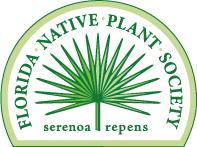
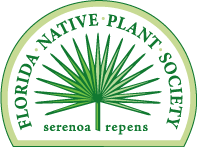
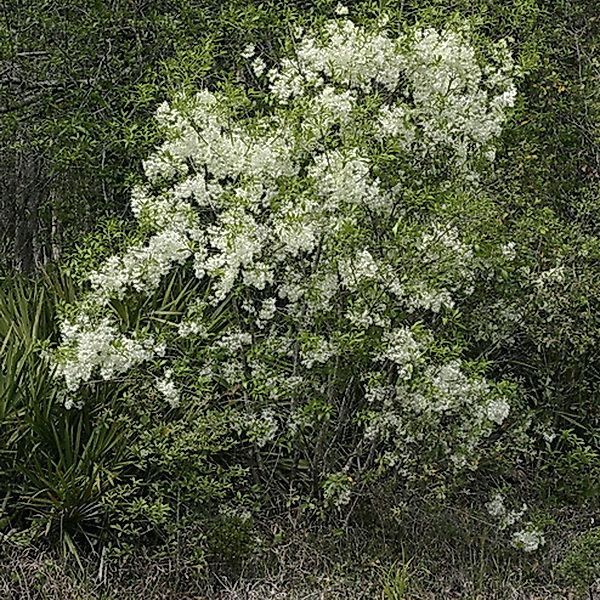
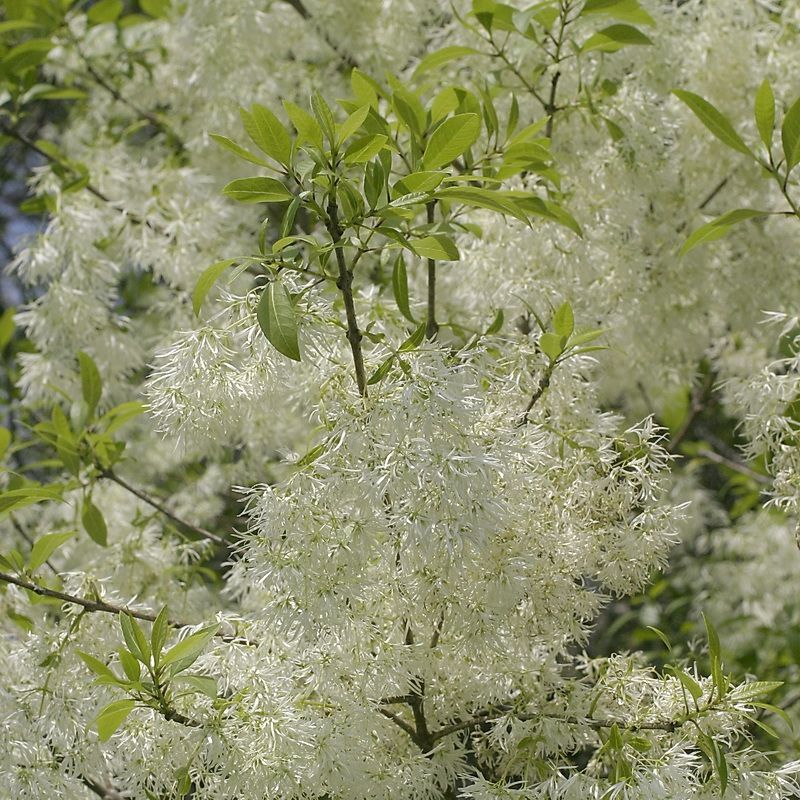
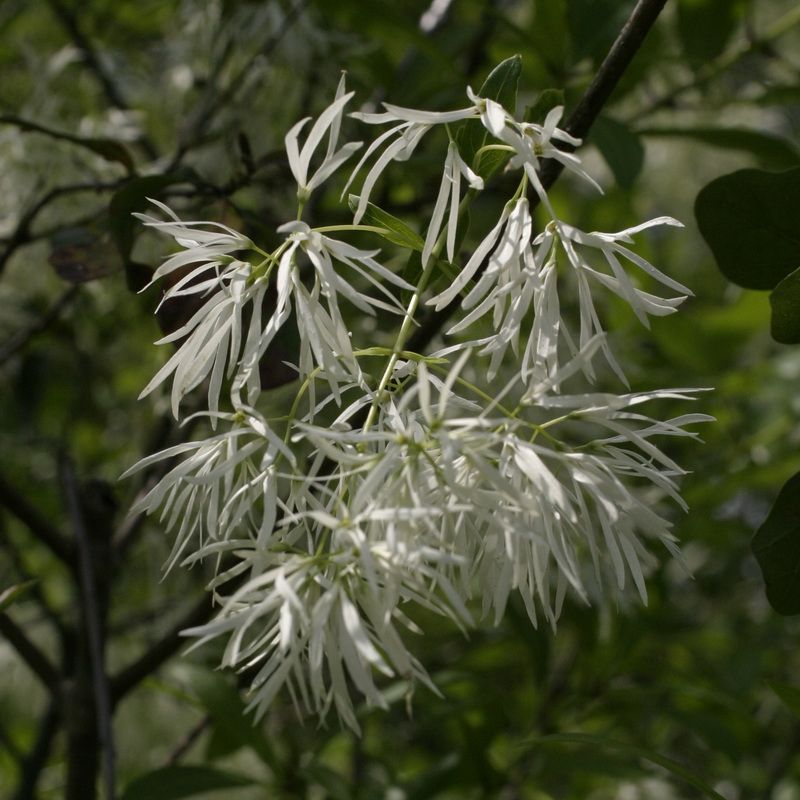
-1920w.jpg)




